Editor’s Blog: insights, tips, news – Northern Italy posts »
See our titles about Northern Italy »
The first Blue Guide Northern Italy was published in 1924 and it has been a popular title ever since. Work on updating the coverage of this vast and rich swathe of the peninsula, divided into individual regional volumes, is currently underway. Fully revised and updated sections of the book are now available as ebooks and single chapter print-on-demand books as well as a full reprint of the 2005 edition. For in-depth coverage of the city of Venice, we also publish a separate Blue Guide Venice.
Northern Italy regions
Emilia Romagna
Emilia Romagna is the southermonst region of northern Italy, cutting almost all the way across the peninsula from the Adriatic in the east to the borders of Liguria in the west. It is rich in fine and historic towns: Parma, Ferrara, Modena, Piacenza and Ravenna all belong to this region. Bologna is the chief town. Many of the towns are built along the line of the ancient Roman Via Emilia, which runs in an almost straight line from Milan to the coast. Historicaly the region is rich and has been fought over by generations of great Italian families—the Farnese, the Malatesta and the Este—as well as by Napoleon Bonaparte and the Archdukes of Austria-Hungary. The region’s cuisine is exceptionally fine: balsamic vinegar, Parma ham and bolognese sauce all have their home here.
Friuli-Venezia Giulia
Friuli-Venezia Giulia lies at the northeastern corner of the Adriatic. The lowlands are a region of gentle landscapes, green and wooded in parts, with wide gravelly torrents scurrying down from the alpine peaks which loom above them. The historic towns of Udine and Cividale have much to see: superb works by Tiepolo in the former and astonishing Lombard survivals in the latter. Excellent wine is grown in the Collio vineyards on the border with Slovenia, and the dry-cured ham (prosciutto) of San Daniele is the most meltingly delicious in Italy. The great port of Trieste (the regional capital) is also here, as is the ancient Roman and later early Christian centre of Aquileia, with superb mosaics. During the First World War the region was hotly contested and many lives were lost on the battles along the Isonzo river. Remains of trenches and gun emplacements survive to tell the tale.
Liguria
Stretching between the French frontier and the borders of Tuscany, Liguria comprises the narrow strip of land lying between the Mediterranean and the Maritime Alps and the Apennines, and a small part of the Po River basin beyond the watershed. Because the mountains shelter it from winter winds, the region enjoys an exceptionally mild climate. Delicate plants from much warmer climes—California, Chile, South Africa and Australia—thrive along city streets and in formal gardens. In the western section of the region, vegetables and flowers are grown out of season for export to northern markets, and everywhere olives and grapes flourish on the steep hillsides. The gentle climate, combined with the grandeur of Liguria’s rugged coastal scenery and the attractions of the sea, have drawn visitors for over a century, especially during winter. This tradition gives Liguria’s many coastal resorts a timeless quality that is difficult to find elsewhere in Italy, and is perhaps the region’s most attractive feature.
Piedmont
Piedmont is a large and wealthy region on the borders of Italy and France. Its main city is Turin, famed for its elegant 18th-century centre, its Holy Shroud, and its encircling palaces of the royal house of Savoy, the dynasty of Italy’s kings. Politicaly Piedmont is important as the region from which the Risorgimento, the movement to unite Italy as a single nation, sprung. Geographically, Piedmont is a land of stunning Alpine slopes, popular in winter and summer for skiing and hiking. Here too is Lago Maggiore with its resort towns. Piedmont is known too for its gastronomy. Italy’s premium wines Barolo and Barbaresco are from here. Cinzano has its home here. Grissini were invented here. The countryside is noted for its truffles. The photograph above shows Castello di Grinzane Cavour.
Trentino & the South Tyrol
Trentino-Alto Adige, the mountain territory of the upper Adige Valley and South Tyrol, incorporates the modern provinces of Bolzano and Trento. It is a semi-autonomous, multicultural region with an ethnic Germanic, Italian and Ladin make-up. Soaring into the sky are the fantastic pinnacles of the Dolomites, the strangely-shaped mountains disposed in irregular groups between the Adige and Pave valleys. “The Dolomites,” wrote Leslie Stephen in The Playground of Europe (1871), recall quaint Eastern architecture, whose daring pinnacles derive their charm from a studied defiance of the sober principles of stability….The Dolomites are strange adventurous experiments, which one can scarcely believe to be formed of ordinary rock. They would have been fit background for the garden of Kublai Khan.”
Valle d’Aosta
Valle d’Aosta is a tiny region on the borders of Italy, France and Switzerland, preserving a distinct culture, language and cuisine. Its main valley has always been a thoroughfare: for Romans it was the main route to Transalpine Gaul; for early Christians, the crooked pathways across the Great St Bernard Pass took them from northern Europe to the great pilgrimage city of Rome. Today it is famous for its ski resorts, for its national parks (the ibex is an indigenous species), its abundant wild flowers and its large number of fortified feudal residences, military garrisons and royal retreats. There are plenty of Roman remains, too, notably in the main town of Aosta itself. The photograph above shows a section of deeply rutted Roman road near the southern part of the valley, with the modern highway running alongside, following an identical course. The slim column on the right is a Roman milestone.
Venice & the Veneto
The Veneto region is particularly filled with interest for the visitor. Apart from Venice, it includes Verona, a beautiful city with a celebrated Roman amphitheatre, today used for opera performances. The university town of Padua has important frescoes by Giotto; Vicenza was laid out by the great 16th-century architect Palladio. All over the Veneto are splendid country villas, some by Palladio, others by 17th- and 18th-century architects. Veneto is also home to perhaps the most beautiful of the Italian lakes: Lake Garda. The region was the birthplace of many of Italy’s most celebrated artists, including Titian, Veronese and Tintoretto. Its wines—among them Amarone and Prosecco—are highly prized.

Our titles about Northern Italy
-
VENETIAN ANGEL
-
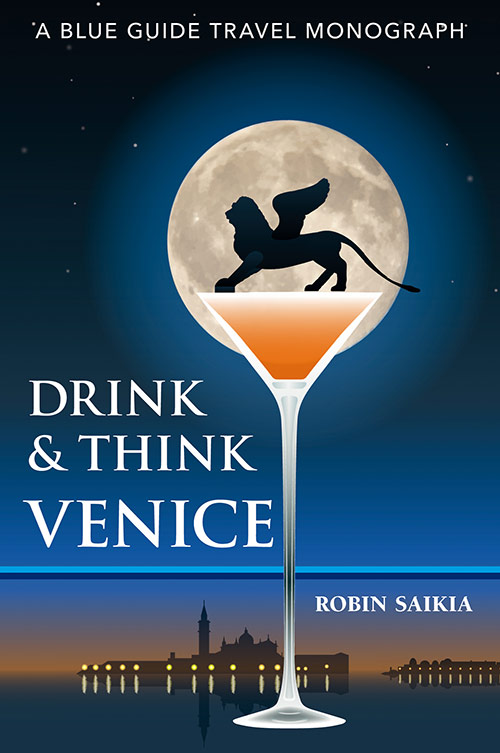
Drink & Think Venice
-
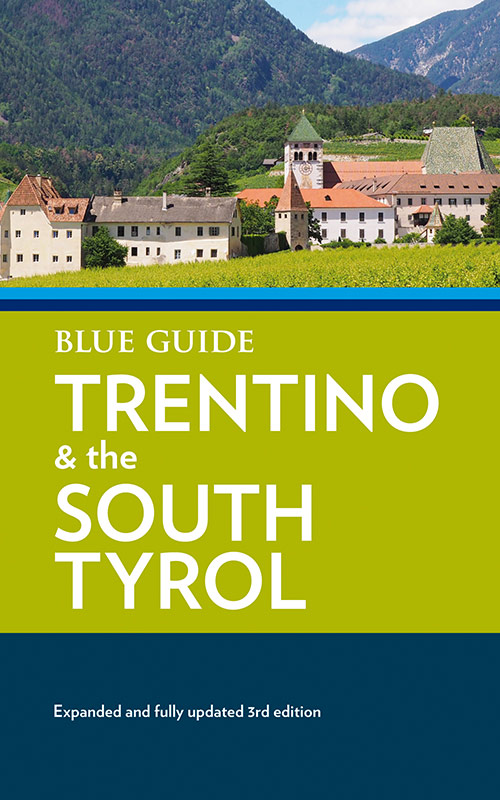
Blue Guide Trentino & the South Tyrol
-
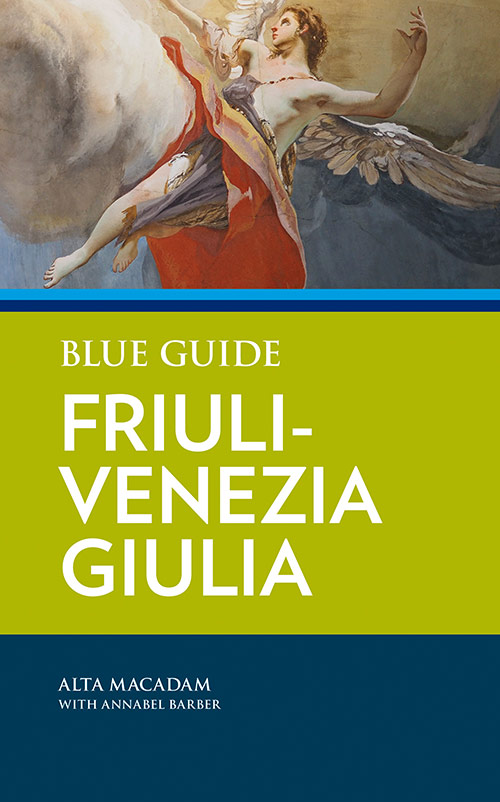
Blue Guide Friuli-Venezia Giulia
-
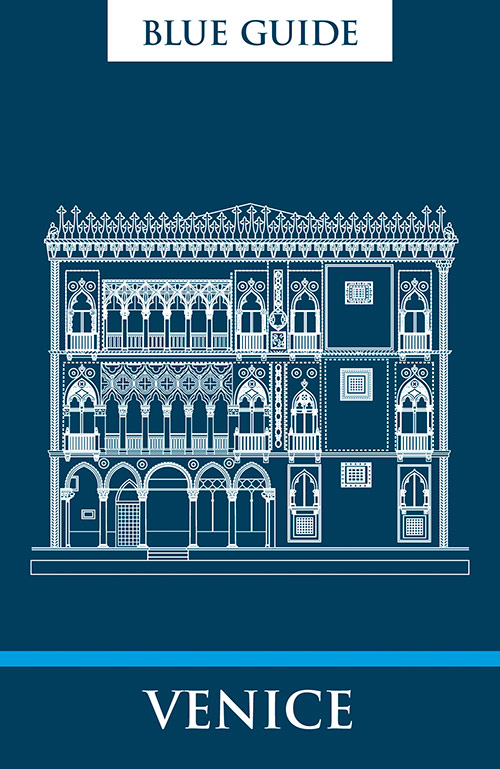
Blue Guide Venice
-
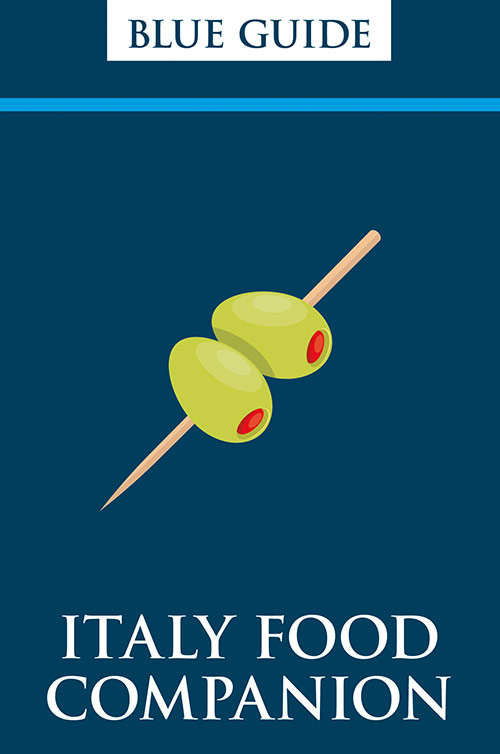
Blue Guide Italy Food Companion
-
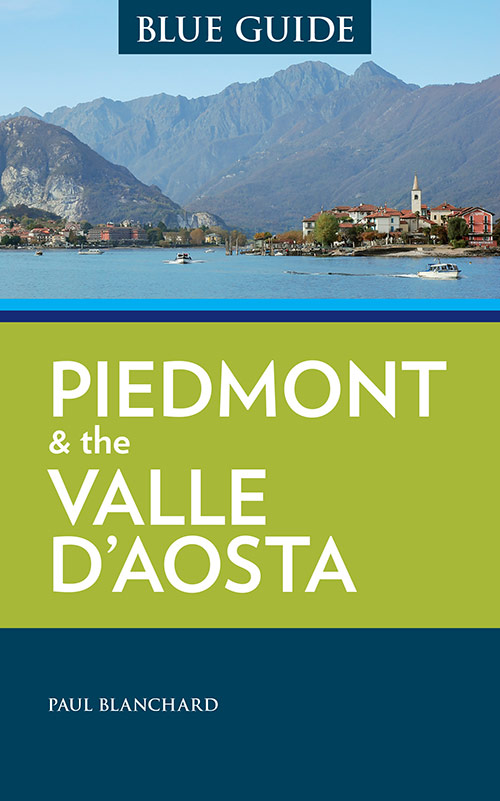
Blue Guide Piedmont & the Valle d’Aosta
-
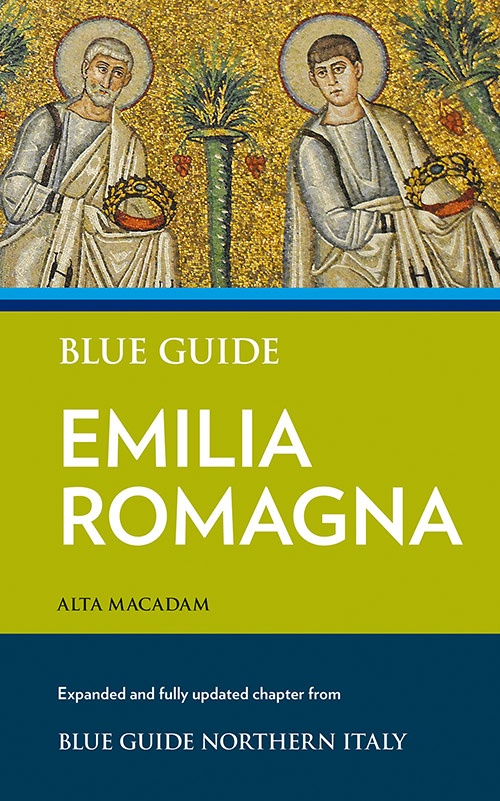
Blue Guide Emilia Romagna
-
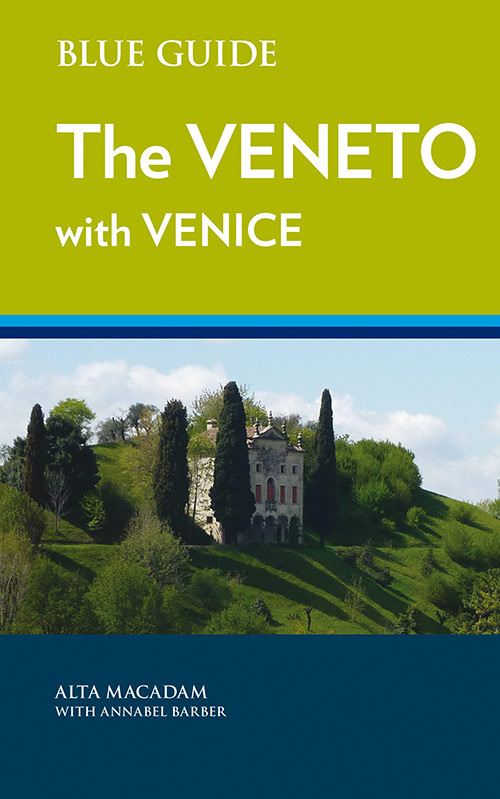
Blue Guide The Veneto with Venice
-
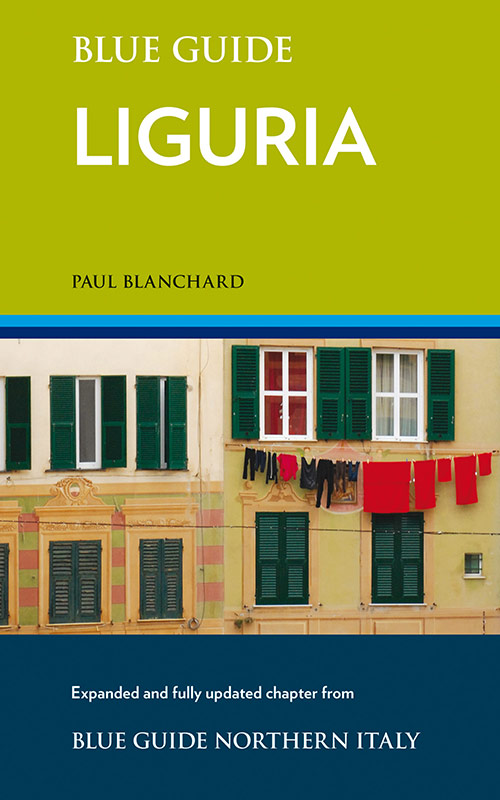
Blue Guide Liguria
-
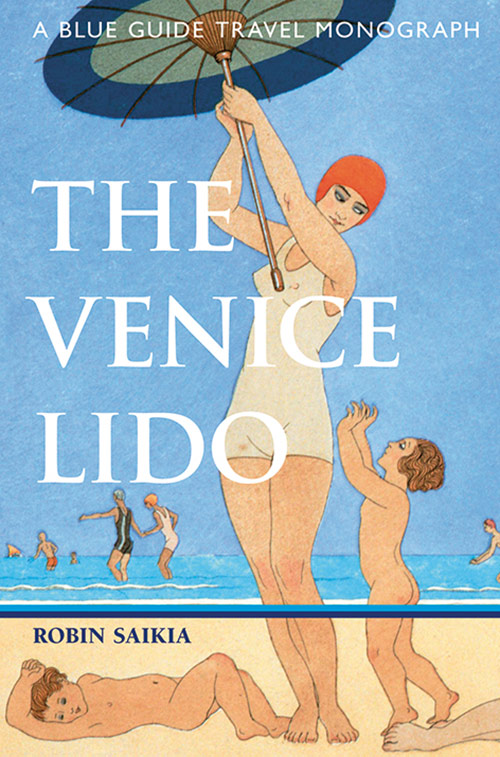
The Venice Lido
-
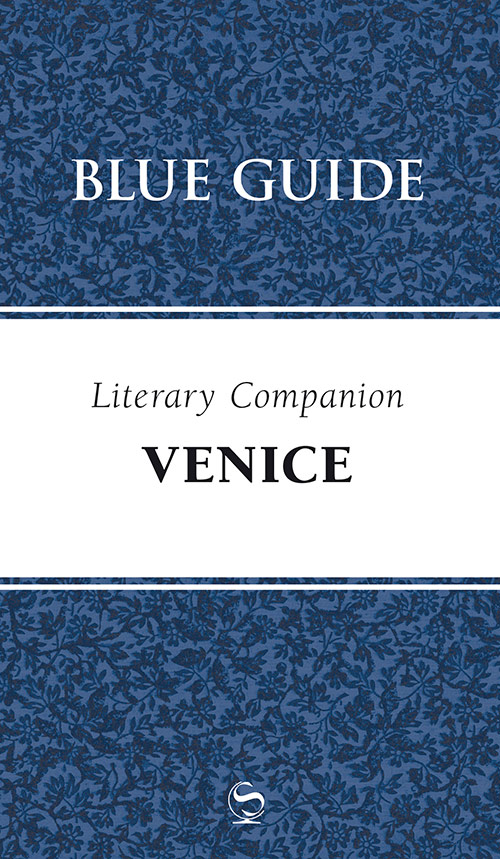
Blue Guide Literary Companion Venice
-
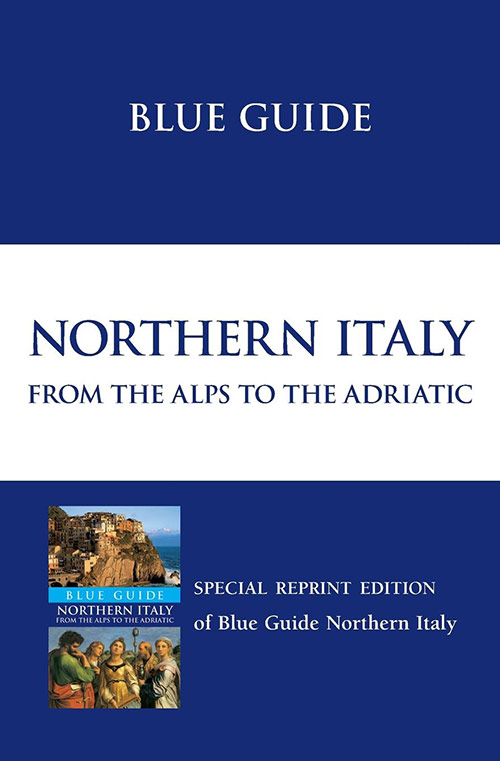
Blue Guide Northern Italy
-
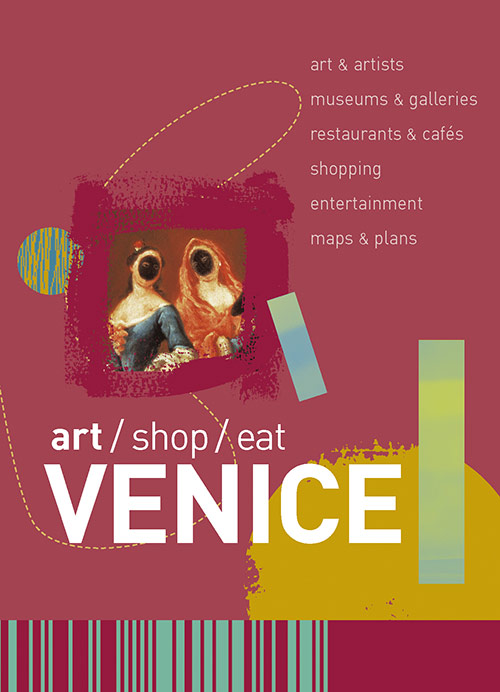
art/shop/eat Venice






